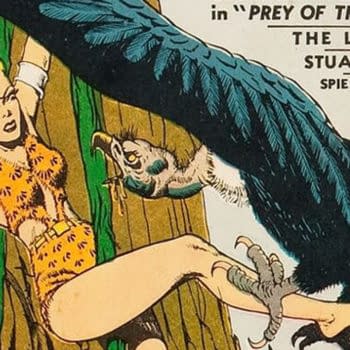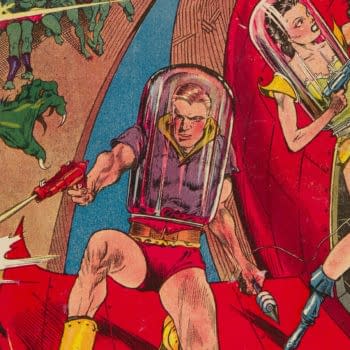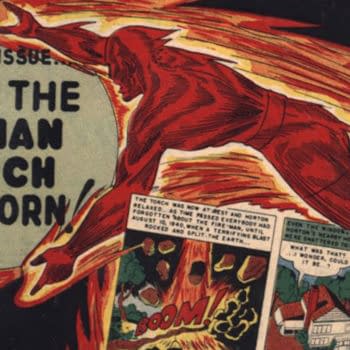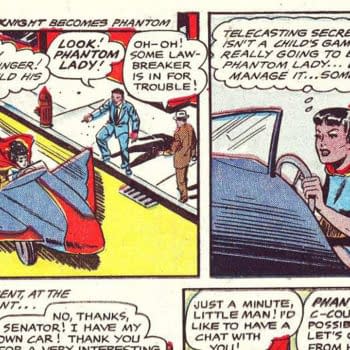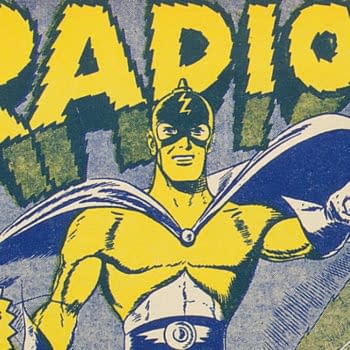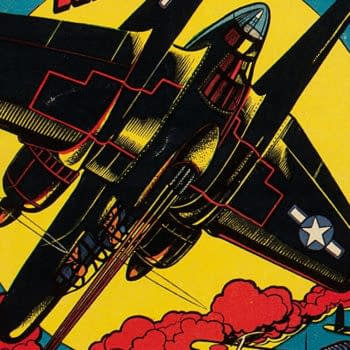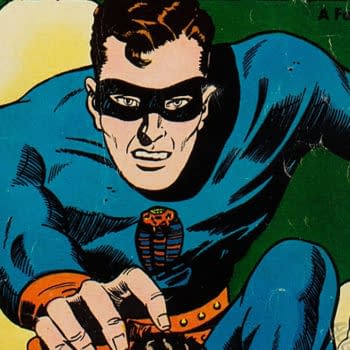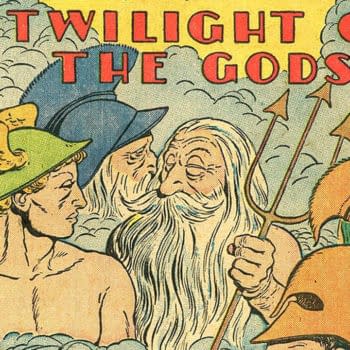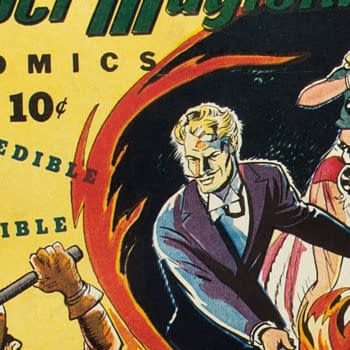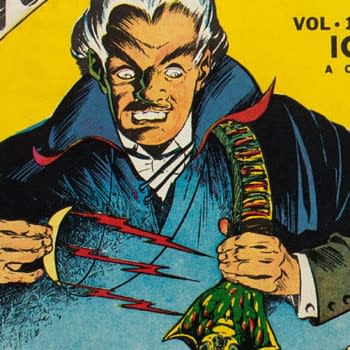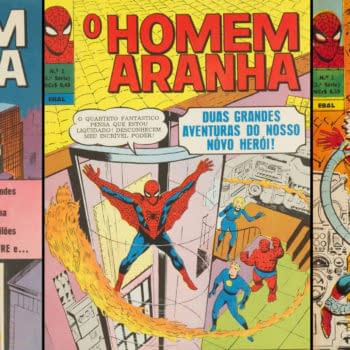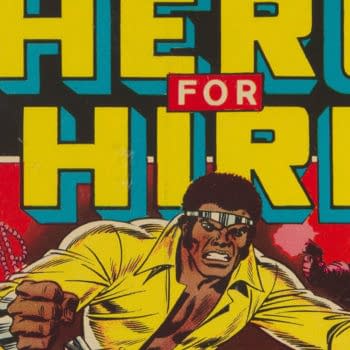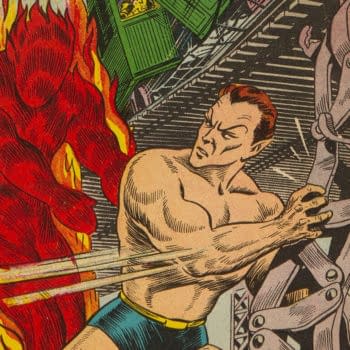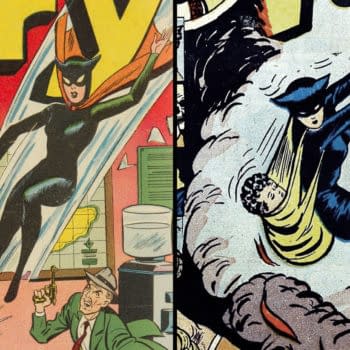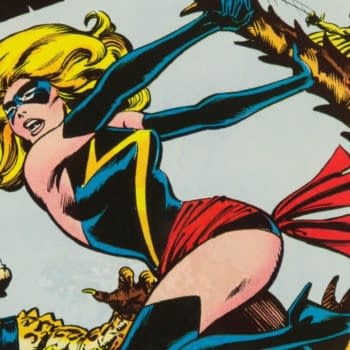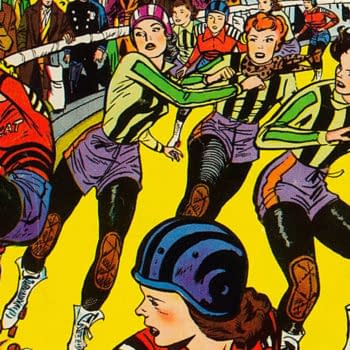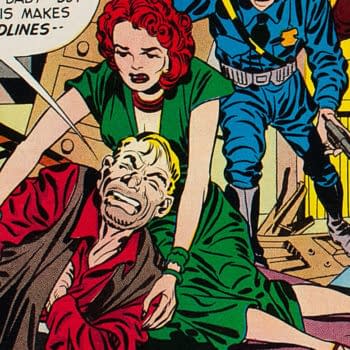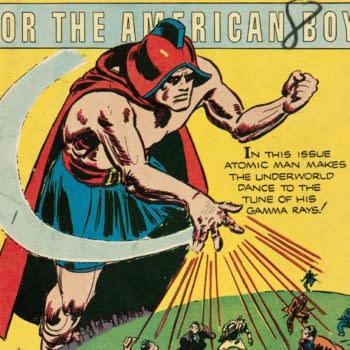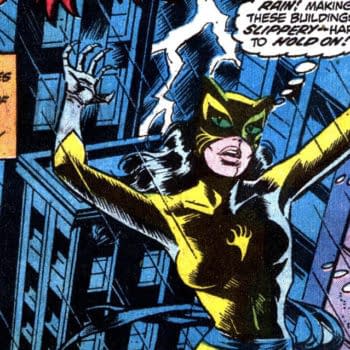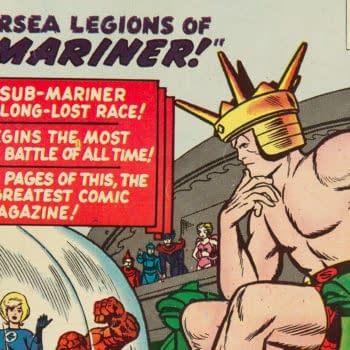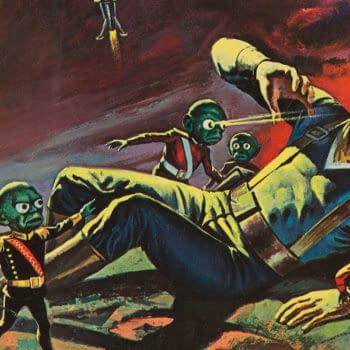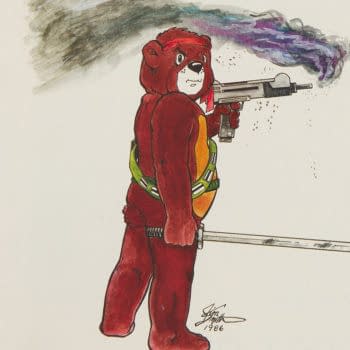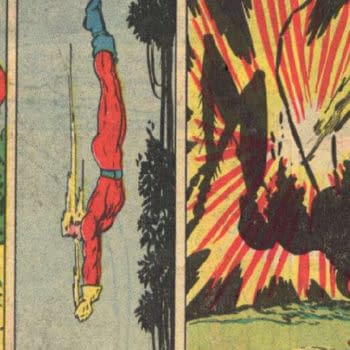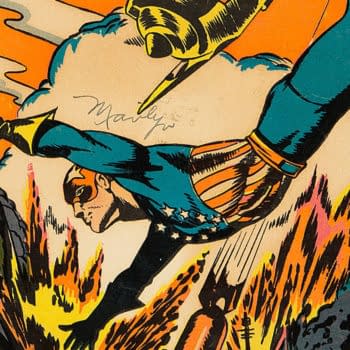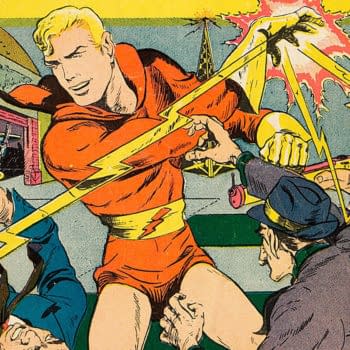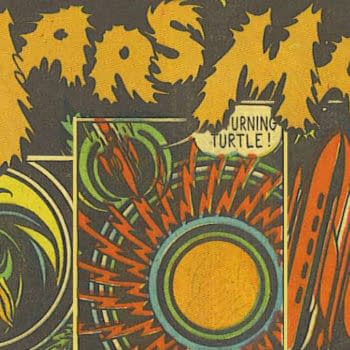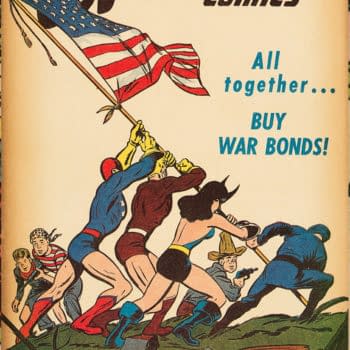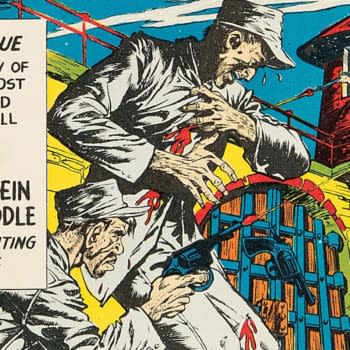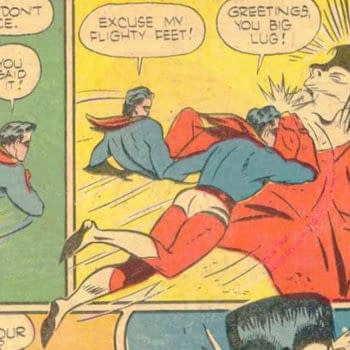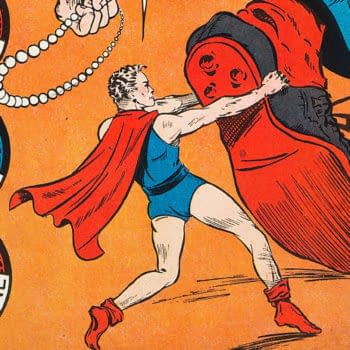Sheena's early adventures in Jumbo Comics are some amazing stuff, and Jumbo Comics #18 from Fiction House is no exception.
Mark Seifert Archives
Lasting 73 issues from January 1940 to Winter 1953, Planet Comics is the most important science fiction title in American comic book history
It might be a very long time before we see a complete set of Marvel Mystery Comics from a single collector sold at a single auction again.
How do you take the strangest Phantom Lady story of the Golden Age and make it even stranger in the Comics Code era? Add the Phantomobile.
Was Key Ring Comics' Radior originally meant for a feature in Dell's War Comics series before the company cooled off on superheroes?
Aviation-themed covers were a large part of the early era of L.B. Cole's career as a comic book cover artist.
After the Superman TV show sparked a new superhero boom in 1953, Farrell's Black Cobra became a thoroughly Cold War-era superhero.
Street & Smith's Super-Magician Comics ended with a story about how gods lose their power as their worshippers die off.
Blackstone the Magician faces off against descendants of the original Gunpowder Plot conspirators in this weird Super-Magician Comics tale.
Blackstone the Magician's comic book career took some fascinating twists and turns, and includes Shadow creator Walter Gibson.
International editions of key comic books like Brazil's O Homem-Aranha have been gaining popularity among collectors in recent times.
In one of the most impressive auction results of the year, the first appearance of Luke Cage in Hero for Hire #1 has sold for $102,000.
Considered one of the most important Marvel comics ever published, Marvel Mystery Comics #9 helped set the stage for the Marvel Universe.
June Tarpé Mills' Miss Fury had a succesful run as a comic strip, was a Marvel/Timely comic, and inspired John Romita's Black Widow design.
Carol Danvers got an upgraded origin, a new backstory and a new costume towards the end of the first Ms. Marvel title.
Headline Comics from publisher Prize Comics Group covered a lot of ground from 1943-1955, including Simon & Kirby and much more.
Headline Comics might contain the most overlooked Simon & Kirby material that this legendary creative team ever produced.
Debuting in Headline Comics #16 in 1945 from publisher Prize, Atomic Man was arguably the first superhero of the atomic age.
Marvel's The Cat debuted in the same month as Night Nurse and Shanna the She-Devil, and the character would become Tigra two years later.
After reuniting with the Atlanteans, Namor the Sub-Mariner disrupts a United Nations assembly to declare war on the human race!
One of the most important characters in science fiction history, Buck Rogers headed into comic books' Silver Age from Gold Key in 1964.
The second Dark Horse comic book series, Boris the Bear was a savage parody of the 1980s comic book scene.
Important Golden Age comic book title Speed Comics ran through three different publishers 1939-1947, ending with issue #44.
There's been quite a bit of debate over the years as to who drew the cover of Harvey Comics' Speed Comics #22.
Little-remembered publisher Leo Greenwald took over Speed Comics for just two issues -- but made big changes in the title.
Munson Paddock used a psychedelic concert poster art style somehow transported to 1940 for Mars Mason of the Interplanetary Mail Service.
Bob Powell's cover for Speed Comics #38 from Harvey is based on a historic WWII moment that took place a few weeks prior.
Considered the last western outlaw and perhaps the first of a new breed of 20th century killers, Harry Tracy closed out the Prize Comics.
Dick Briefer put his Frankenstein monster through its paces in the Prize Comics run, including the Prize superheroes vs the monster.
After first appearing in Feature Comics #27, Doll Man made his cover debut on Feature Comics #30 with a cover by the great Lou Fine.


